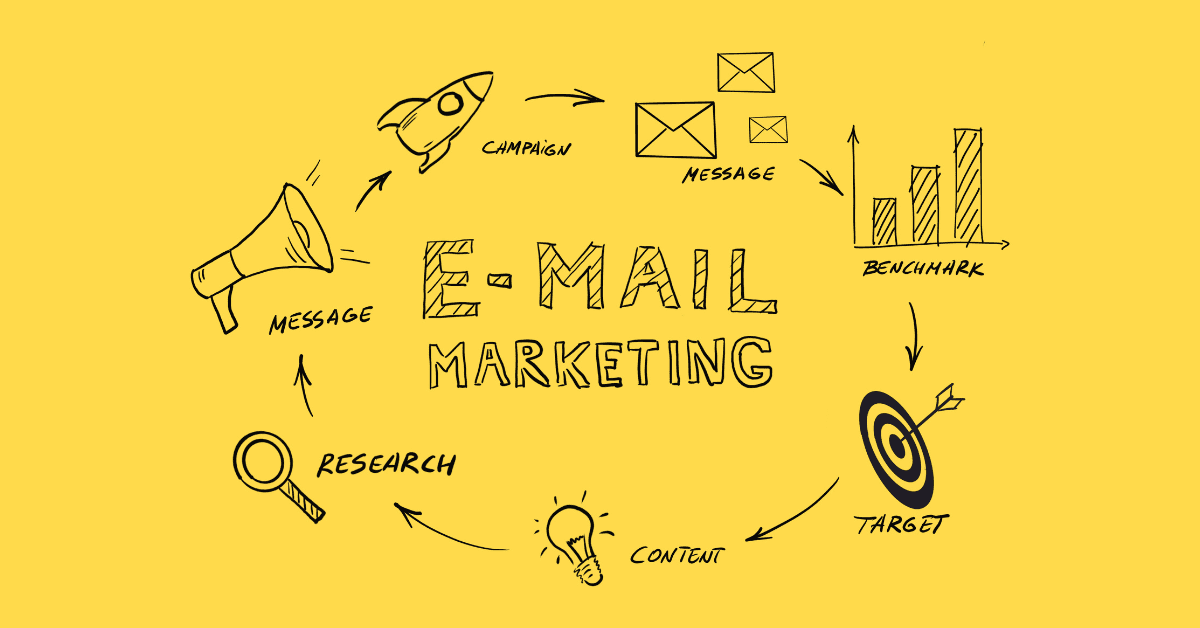In the fast-paced world of digital marketing, email remains a useful tool for reaching and engaging with your target audience. However, sending emails without a clear strategy or understanding their effectiveness can lead to wasted resources and missed opportunities. That’s where the email marketing audit comes into play.
Email marketing audit is a critical process that allows you to assess your email marketing efforts, identify areas for improvement, and ultimately achieve better results. In this article, you will walk through the steps for a successful email marketing audit to fine-tune your outreach.
Table of Contents
Step 1: Define Your Goals
Before the audit process, it’s important to have clear goals for your email marketing approach. Ask yourself what you want to achieve with your email marketing efforts. Are you looking to increase open rates, boost click-through rates, or drive more conversions?
By setting specific, measurable goals, you will be better equipped to effectively evaluate your email marketing performance.
Step 2: Gather Data
Collecting data is the foundation of any successful email marketing audit. You need to gather information on key performance metrics such as open rates, click-through rates, conversion rates, and unsubscribe rates.
Additionally, consider the quality of your email list, the frequency of your email campaigns, and the types of content you are sending.
Step 3: Analyze Your Email List
Your email list is the backbone of your email marketing efforts, so you need to keep your list clean and up-to-date. Analyze your list to identify and remove inactive or invalid email addresses. A clean list will improve deliverability and reduce the likelihood of your emails ending in spam folders.
Step 4: Review Email Content
Look closely at your email content. Are the content engaging, relevant, and valuable to your subscribers? Also, consider the design, messaging, and formatting. Are your subject lines compelling? Are your calls to action clear? A well-crafted email is more likely to resonate with your audience.
Step 5: Check Email Deliverability
Email deliverability is an important factor to make your email marketing campaigns successful. Ensure that your emails are reaching the inbox rather than the spam folder. Monitor your sender reputation, optimize your sending infrastructure, and adhere to best practices for email authentication.
Step 6: Segment Your Audience
Segmentation lets you send targeted emails to specific groups within your email list. It’s an effective way to personalize your messages and increase relevance. Moreover, review your segmentation strategy and consider whether it can be refined or expanded to meet the needs of your subscribers better.
Step 7: Evaluate Automation
Automation can streamline email marketing efforts and ensure timely communication with your audience. Check your automated email workflows, such as welcome emails, abandoned cart emails, and drip campaigns. Are they delivering the desired results? If not, you should make adjustments as needed.
Step 8: A/B Testing
In A/B testing, you need to send two variations of an email to a small portion of your list to determine which performs better. Using A/B testing to experiment with different subject lines, content, images, and CTAs can help optimize your future campaigns.
Step 9: Compliance and Regulations
Stay updated with email marketing regulations, such as the CAN-SPAM Act or GDPR, depending on your target audience’s location. Ensure your email marketing practices comply with these regulations to avoid legal issues.
Step 10: Monitor and Iterate
Finally, an email marketing audit is not a one-time event. It’s an ongoing process. Continuously monitor your email campaigns and make adjustments based on the insights you gain. Regular audits allow you to adapt to changing consumer behaviors and market dynamics.
Enhanced Outreach Success with Email Marketing
A successful email marketing audit is the key to fine-tuning your outreach efforts. These steps can help you gain valuable insights, improve your email marketing performance, and ultimately achieve your goals. Email marketing is dynamic, so staying agile and responsive to changes is essential for long-term success.












